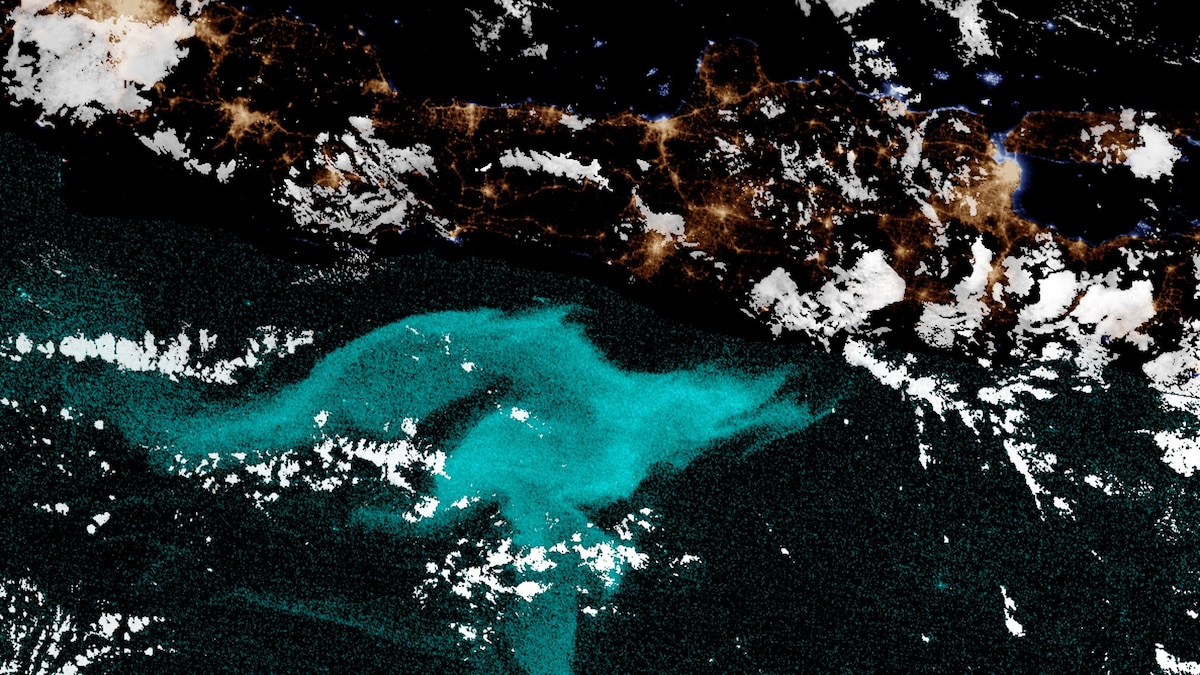Now Reading: Scientists Unravel the Mystery Behind Glowing Seas That Stumped Sailors for Centuries
-
01
Scientists Unravel the Mystery Behind Glowing Seas That Stumped Sailors for Centuries
Scientists Unravel the Mystery Behind Glowing Seas That Stumped Sailors for Centuries

Speedy Summary:
- Milky seas are a rare form of bioluminescence observed in parts of the worldS oceans, caused by bacteria like Vibrio harveyi.
- A new database, compiled by researchers at Colorado State University (CSU), offers the largest collection of milky sea observations, with 400 records spanning 400 years.
- These events can cover enormous areas-up to 38,000 square miles-and last for months,primarily occurring in the Northwest Indian Ocean and Maritime Continent regions.
- Milky seas emit a steady glow that can be seen from space at night but vanish in daylight or moonlight; their surface sometimes appears eerily calm due to bacterial mucus calming ocean waters.
- Climate patterns like La Niña or Indian Ocean Dipole may influence their formation and frequency, possibly linked to stronger monsoons and nutrient upwellings.
- Increased occurrences might signal poor ocean health since suspected causative bacteria could harm fish populations impacting global fisheries and economies.
Photo credits: dr. Steve Haddock/Monterey Bay Aquarium Research Institute & NOAA satellite imagery.
!Milky seas glowing blue
!java.jpg”>Second NOAA satellite image just south of Indonesia
Indian opinion Analysis:
The revelation of long-term patterns related to milky seas holds meaningful scientific promise for India due to its proximity to regions like the Northwest Indian Ocean where such phenomena are concentrated as per data insights from the new database study shared by CSU scientists.. Explorations into how climate factors-such as monsoons fueled ecological system risks connected touching biodiversity realms similar global importance


























